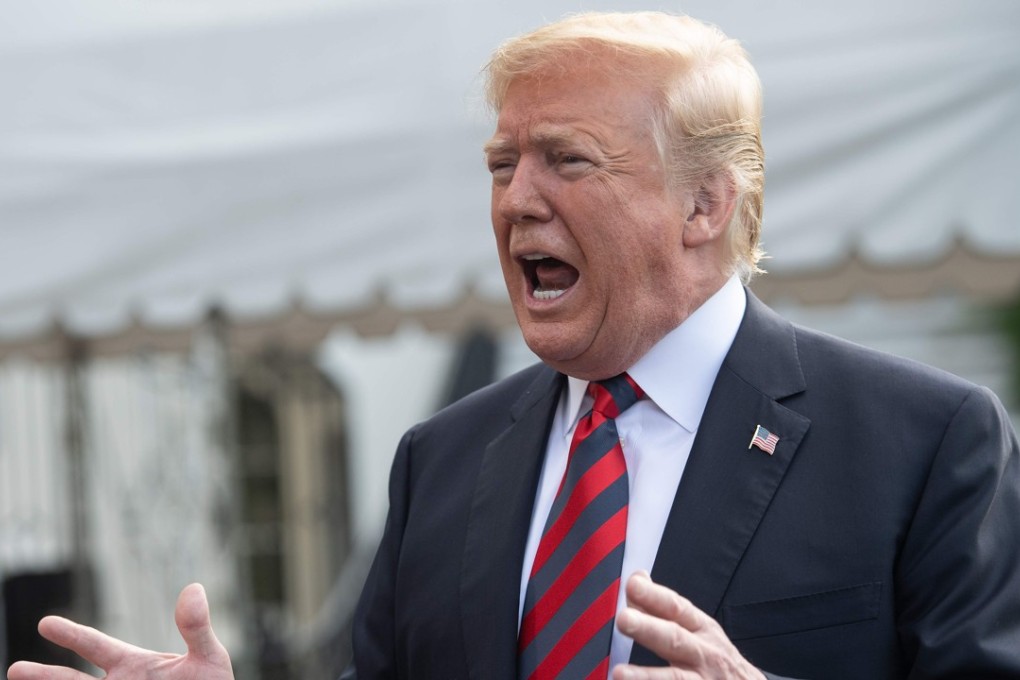Beijing strikes back! China puts tariffs on US$50 billion of US goods after Donald Trump kicked off trade war
China’s Finance Ministry has imposed an additional 25 per cent tariff on some US$50 billion of US imports and said the US has invalidated recent high-level talks aimed at averting a trade war

China has hit back at US President Donald Trump after he slapped punitive tariffs on Chinese goods on Friday, announcing that it would place its own additional 25 per cent tariffs on 659 US imports worth a total of US$50 billion.
Tariffs on about US$34 billion of those products will start on July 6, and be applied to soybeans, corn, wheat, rice, sorghum, beef, pork, poultry, fish, dairy products, nuts and vegetables, autos and aquatic products, China’s finance and commerce ministries said.
In addition, China said Trump’s move invalidated recent high-level negotiations aimed at averting a trade war.
“All the previous agreements reached through talks will become invalid,” the Ministry of Commerce said in the statement. “China doesn't want to engage in a trade war, but in face of the shortsighted acts from the US side … China is forced to take strong and forceful measures to hit back,” it said.
The effective date of the tariffs on the remaining US$16 billion of American goods will be announced later, the commerce ministry said. Among those items are crude oil, natural gas, coal and some refined oil products.
The list of 659 US goods was longer than a preliminary list of 106 products published by the Chinese commerce ministry in April, although their remained unchanged at US$50 billion. Aircraft, which were previously included, were not on the revised list.